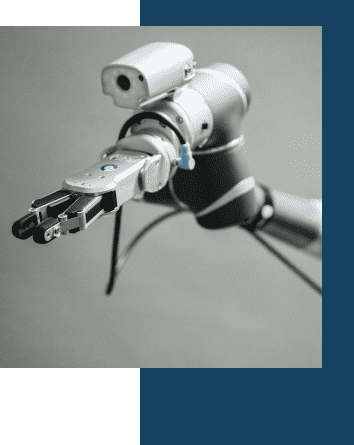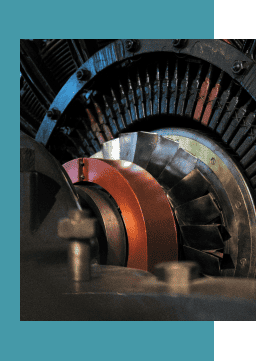
Predictive Maintenance
AI and Edge as a dynamic duo
In today’s industrial landscape, optimizing quality control is not only a question of efficiency, but also of financial viability. With innovative technologies such as artificial intelligence (AI) and edge computing, new opportunities are opening up. New opportunities to take quality control and predictive maintenance to an unprecedented level. The combination of AI and Edge Computing seems promising to overcome production challenges and reduce costs. But how exactly does this “dynamic duo” work and what are the advantages?
Looking to the future with data analysis and AI
Predictive Maintenance uses advanced data analysis and AI algorithms to anticipate the maintenance needs of machines and systems before faults occur. This preventative strategy is directly related to quality control, as it helps to avoid production downtime and quality defects by identifying and rectifying potential problems at an early stage. Predictive Maintenance therefore makes a significant contribution to maintaining high quality standards in production.
Update for quality control
Medium-sized production companies in particular are under pressure to increase efficiency, reduce costs and improve quality. For example, by reducing exchanges and returns of products. The average cost of a product recall is twelve million euros, as an Allianz study determined back in 2017. A sum that can mean considerable financial losses, especially in the automotive and food industries, but also in other sectors.
The introduction of cameras and sensors in production facilities is a first step towards expanding quality control through technical processes. This helps to identify errors faster and thus predict and avoid potential product recalls.


Dream team: AI and image recognition
AI-based image recognition (computer vision) has developed rapidly in recent years. This technology enables machines to understand visual information, identify patterns and make decisions in real time. For quality monitoring, this means that products can be automatically checked for deviations, which reduces the need for permanent human monitoring.
However, a critical aspect of implementing AI-supported systems is the need for extensive training data. This data is used to train the AI to recognize acceptable and unacceptable product conditions – a process that can be both time-consuming and costly. In addition, changes in production require continuous updating of the models.
Symbiosis of AI and Edge Computing
Edge Computing and AI are also revolutionizing production efficiency and quality control through fast data processing close to the sensors, which reduces delays and speeds up the detection of anomalies. AI improves pattern recognition and efficiency, lowers personnel costs by reducing the need for supervision and recognizes subtle deviations that human observers might miss. Direct processing and real-time monitoring allow immediate responses to quality issues, while the adaptability of the technologies enables seamless integration into existing systems. This combination promotes significant advances in quality control and helps companies to work more efficiently and with higher product quality.


Conclusion: Update for more quality control
The combination of Artificial Intelligence (AI) and Edge Computing is revolutionizing industrial quality control by increasing efficiency and reducing costs. AI-based image recognition enables automated inspection of product quality, while Edge Computing minimizes processing times. These technologies significantly improve production monitoring, reduce the need for human supervision and enable real-time responses to quality issues. Despite the challenge of obtaining sufficient training data for the AI, the advantages clearly outweigh the disadvantages: speed, cost efficiency, better quality control and Predictive Maintenance. This “dynamic duo” promotes more efficient production and higher quality products, making it an essential part of the modern industrial landscape.
Want to know more about edge computing?
Rethinkinging corporate IT – with a hyperconverged infrastructure
Hyperconverged infrastructure (HCI) Rethinking corporate IT – with a hyperconverged infrastructure Manage…
Predictive Maintenance: AI and Edge as a dynamic duo
Predictive Maintenance AI and Edge as a dynamic duo In today’s industrial…
How edge computing is driving the energy transition
How the provider landscape is reshaping itself around Public Edge Services
REWE as a German AWS? How the provider landscape is reshaping itself…




